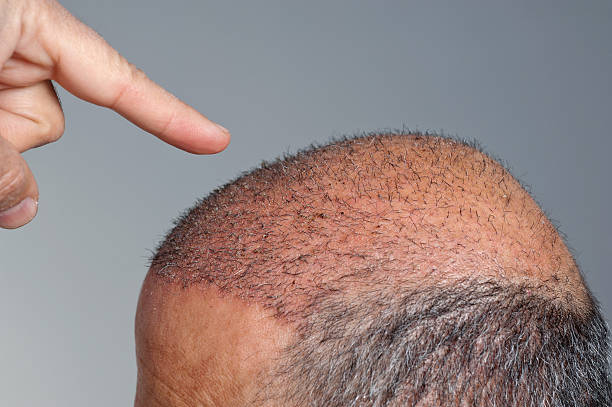Understanding Hair Transplants: A Comprehensive Guide
Hair loss is a common phenomenon that affects millions of people around the world. Whether it's due to aging, hormonal changes, or genetic predisposition, losing hair can have a significant impact on a person's self-esteem and overall quality of life. Over the years, there have been numerous treatments developed to address this issue, one of which is hair transplantation. This procedure has evolved significantly since its inception, becoming a popular solution for people seeking to regain their hair's density and natural appearance.

The Historical Evolution of Hair Transplants
The history of hair transplantation is a fascinating journey that spans over 60 years. The first attempts at surgical hair restoration were made in the 1950s, but these early procedures often resulted in an unnatural, ‘pluggy’ look. It wasn’t until the 1980s and 1990s that advancements in technique and technology allowed for more natural-looking results.
The most significant breakthrough came with the introduction of the Follicular Unit Transplantation (FUT) method in the late 1990s. This technique involved extracting a strip of hair-bearing skin from the back of the head, dissecting it into individual follicular units, and then transplanting these units into the balding areas. This method provided patients with a significantly improved appearance compared to previous techniques.
In the early 2000s, the Follicular Unit Extraction (FUE) method was introduced, offering a less invasive alternative to the FUT method. With FUE, individual follicular units are extracted directly from the donor area without the need for a strip of skin to be removed, resulting in a quicker recovery time and less scarring.
Hair Transplants Today: Current Relevance and Trends
As we move deeper into the 21st century, hair transplant procedures continue to evolve and improve. Technological advancements like robotic-assisted surgery and regenerative therapies are becoming increasingly popular, and they promise to deliver even better results in the future.
Moreover, the stigma around hair transplants has significantly decreased over the years, making it a more acceptable solution for hair loss. Celebrities and public figures openly discussing their hair transplant experiences have played a significant part in this shift, normalizing the procedure and increasing its popularity.
However, it’s important to note that while hair transplantation has indeed come a long way, it’s not a one-size-fits-all solution. The procedure’s success and the results greatly depend on factors like the patient’s overall health, the extent of their hair loss, and the quality of their donor hair.
The Impact of Hair Transplants: Reception and Perceptions
Hair transplants have had a profound impact not only on the lives of individuals who undergo the procedure but also on societal perceptions of hair loss and its treatments. The procedure’s improved techniques and results have led to a change in the narrative surrounding hair loss, moving from an irreversible condition to one that can be treated effectively.
Patient satisfaction rates for hair transplants are generally high, with many reporting improved self-esteem and a better quality of life post-procedure. However, it’s important to manage expectations, as the results vary from person to person, and the process can be lengthy and require multiple sessions.
Unique Insights: Hair Transplants and Regenerative Medicine
One of the less discussed aspects of hair transplantation is its overlap with regenerative medicine. Many of the techniques used in hair transplantation, like the extraction and transplantation of follicular units, are based on the principles of tissue regeneration.
In fact, some exciting research is being conducted in this area, with scientists exploring the potential of using stem cells to regenerate hair follicles. If successful, this could revolutionize the field of hair restoration, offering a potentially limitless supply of donor hair and eliminating the need for invasive surgical procedures.
A Balanced View of Hair Transplants
Hair transplantation has come a long way since its early days, offering a viable solution for many people struggling with hair loss. It’s a procedure that has transformed lives, boosted self-esteem, and changed societal perceptions of hair loss. However, it’s not without its challenges and limitations.
As we look towards the future, it’s clear that the field of hair transplantation will continue to evolve. The intersection of hair restoration with regenerative medicine offers exciting possibilities that could further improve the procedure’s outcome and broaden its applicability. As with any medical procedure, it’s crucial to consult with a qualified professional to determine if it’s the right option for you.




